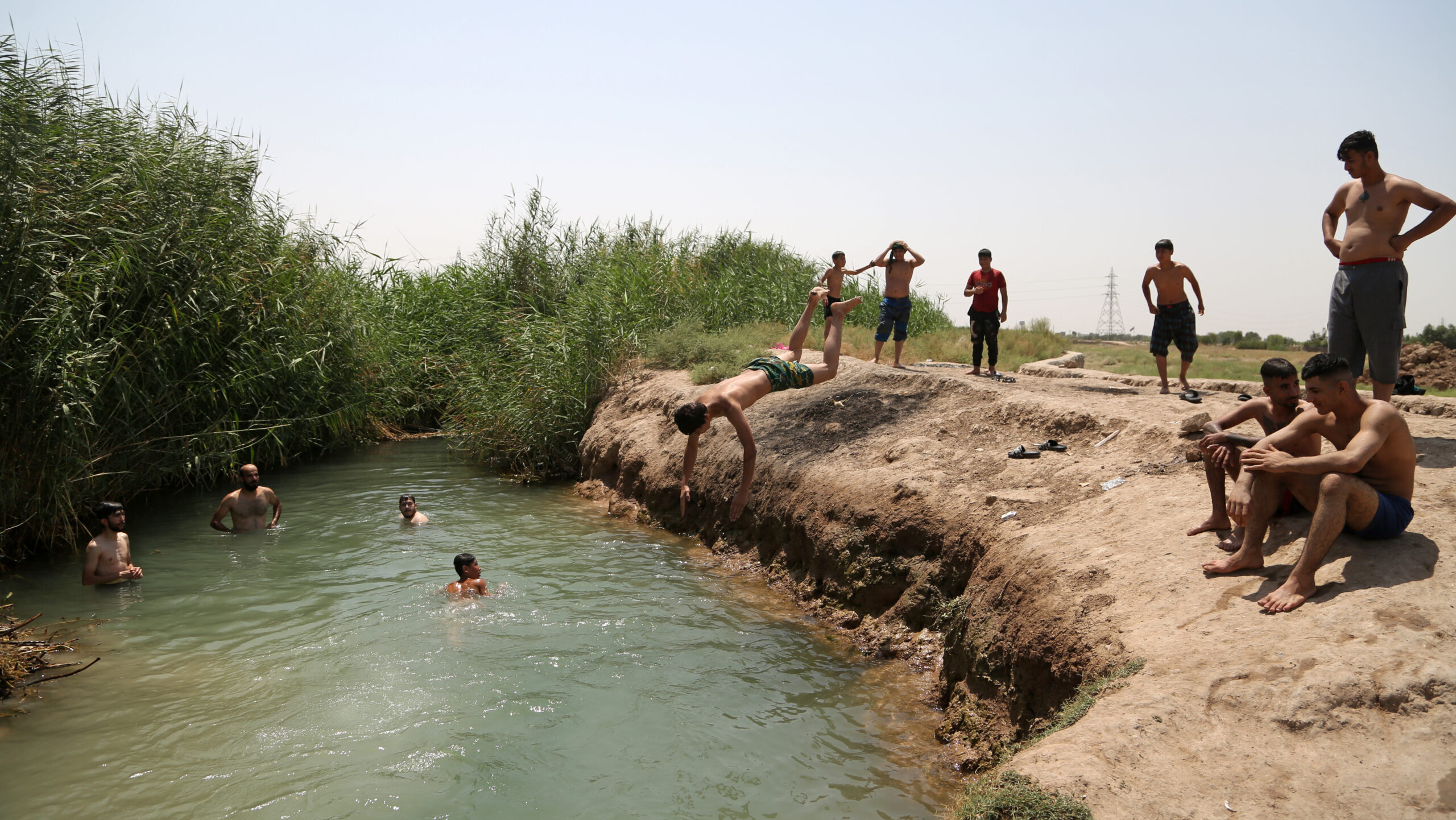Iran Shuts Down as Heatwave Causes Hospitalizations and Energy Peaks
As a scorching heatwave continues to batter Iran, authorities have implemented unprecedented measures, including reduced operating hours and a complete shutdown of government and commercial institutions on Sunday. This decision comes as hospitals report an influx of over 200 heatstroke cases nationwide.
Temperatures in Tehran soared between 37 degrees Celsius (98.6 degrees Fahrenheit) and 42 C (107 F), with extreme conditions pushing the mercury even higher in other parts of the country. According to the state-run IRNA news agency, public institutions, banks, and offices across Iran will close to safeguard public health and reduce energy consumption, with only emergency and medical services remaining operational.
Give the gift of hope
We practice what we preach:
accurate, fearless journalism. But we can't do it alone.
- On the ground in Gaza, Syria, Israel, Egypt, Pakistan, and more
- Our program trained more than 100 journalists
- Calling out fake news and reporting real facts
- On the ground in Gaza, Syria, Israel, Egypt, Pakistan, and more
- Our program trained more than 100 journalists
- Calling out fake news and reporting real facts
Join us.
Support The Media Line. Save democracy.


Babak Yektaparast, a spokesman for Iran’s emergency department, told the semi-official Mehr news agency that 225 individuals sought medical treatment for heat-related illnesses, some requiring hospitalization. Mehr also quoted Sadegh Ziaian from the National Meteorological Organization, who reported that temperatures exceeded 45 C (113 F) in ten provinces, reaching a staggering 49.7 C (about 121 F) in Delgan, Sistan and Baluchistan province.
Despite an expected drop in temperatures by Monday, Ziaian cautioned that the heat would persist, urging continued precautions. Amidst these soaring temperatures, Tehran has seen a sharp rise in electricity consumption, hitting a record 78,106 megawatts this past Tuesday as residents cranked up air conditioning to cope with the heat.
This is not the first time Iran has faced such extreme weather; just last year, a nationwide holiday was declared due to similar temperature spikes. As the country grapples with temperatures rising at twice the global average, the urgency for adaptive measures and long-term strategies to cope with the escalating heat is becoming increasingly apparent.

